Best lenses for the Fujifilm X-M5 in 2025
We choose the best lenses for the Fujifilm X-M5 based on size weight and cost, key factors for Fujifilm’s new hybrid camera
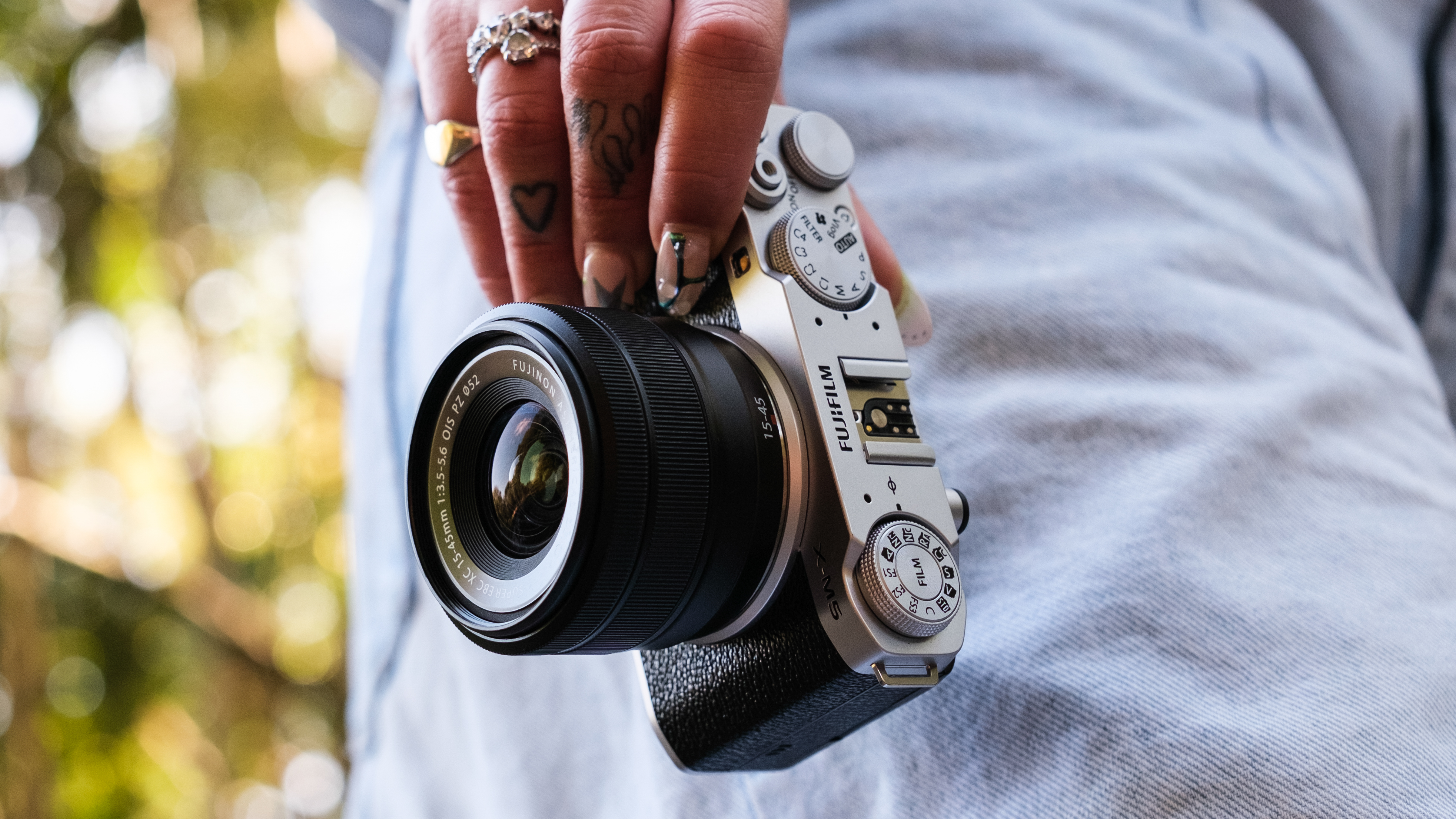
The Fujifilm X-M5 looks like the perfect starter camera for a new generation of vloggers and hybrid content creators. You can use it both as a regular, high-quality stills camera and as a powerful video camera, where it has video capture features normally found on far more expensive cameras.
The Fujifilm X-M5 looks set to become one of the best cameras for beginners and even one of the best hybrid cameras. It’s also very affordable, and we’ve taken that into account in this guide as we favor cheaper but still effective lenses to match likely users’ budgets. After all, many of the best Fujifilm lenses are heavy, expensive professional lenses designed more for Fujifilm’s larger and more advanced cameras.
We’ve also paid special attention to weight. The X-M5 could be one of the best travel cameras to get right now, but that’s not going to help if you have to drag along big, heavy lenses.
A couple of the lenses on our list have optical stabilization, but most don’t. Given that the X-M5 does not have in-body stabilization, should you be worried?
Not really. IBIS is good to have, but not essential, and for video work, the X-M5 does offer digital stabilization which may prove equally effective. We feel the most important thing is to have useful, lightweight lenses that balance well on the camera.
So, without further ado, let’s get down to the list!
Best lenses for the Fujifilm X-M5 in 2025
Why you can trust Digital Camera World
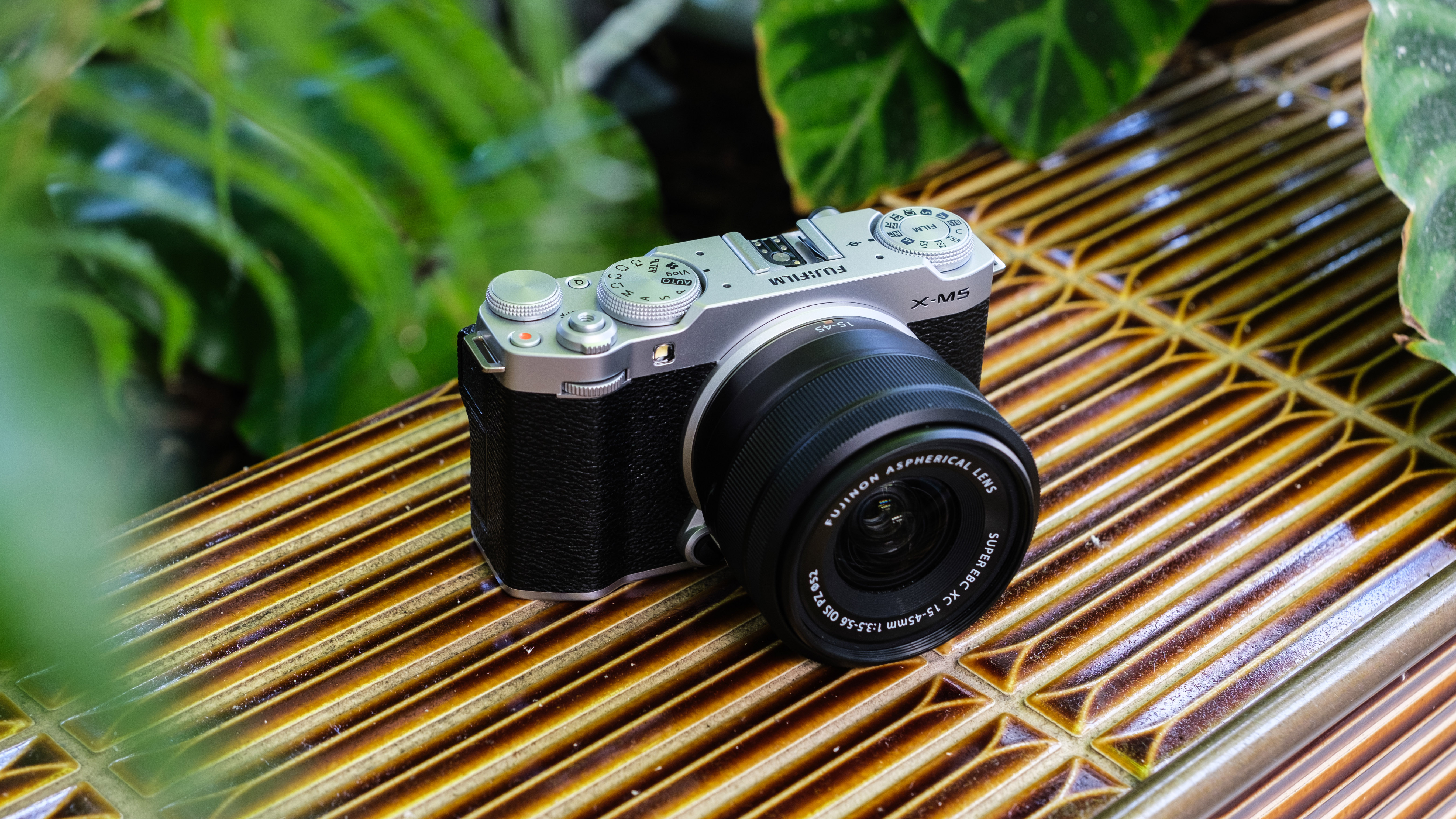
Specifications
Reasons to buy
Reasons to avoid
The Fujinon XC 15-45mm f/3.5-5.6 OIS PZ is the standard kit lens offering with the X-M5, but if you bought the camera body-only, it’s still worth considering as a separate purchase because even though it does feel a bit lightweight, as you would expect at this price, it does have some strong features. These include an unusually ‘wide’ 22.5-67.5mm equivalent zoom range and in-built optical stabilization, which is handy given that the X-M5 doesn’t have IBIS. The zoom is electrically operated, which might be a bit of a nuisance for stills photography, but really comes into its own when you’re filming video. The edge sharpness of this lens isn’t brilliant – you wouldn’t expect it to be at this price – but the sharpness across most of the frame is really very good.
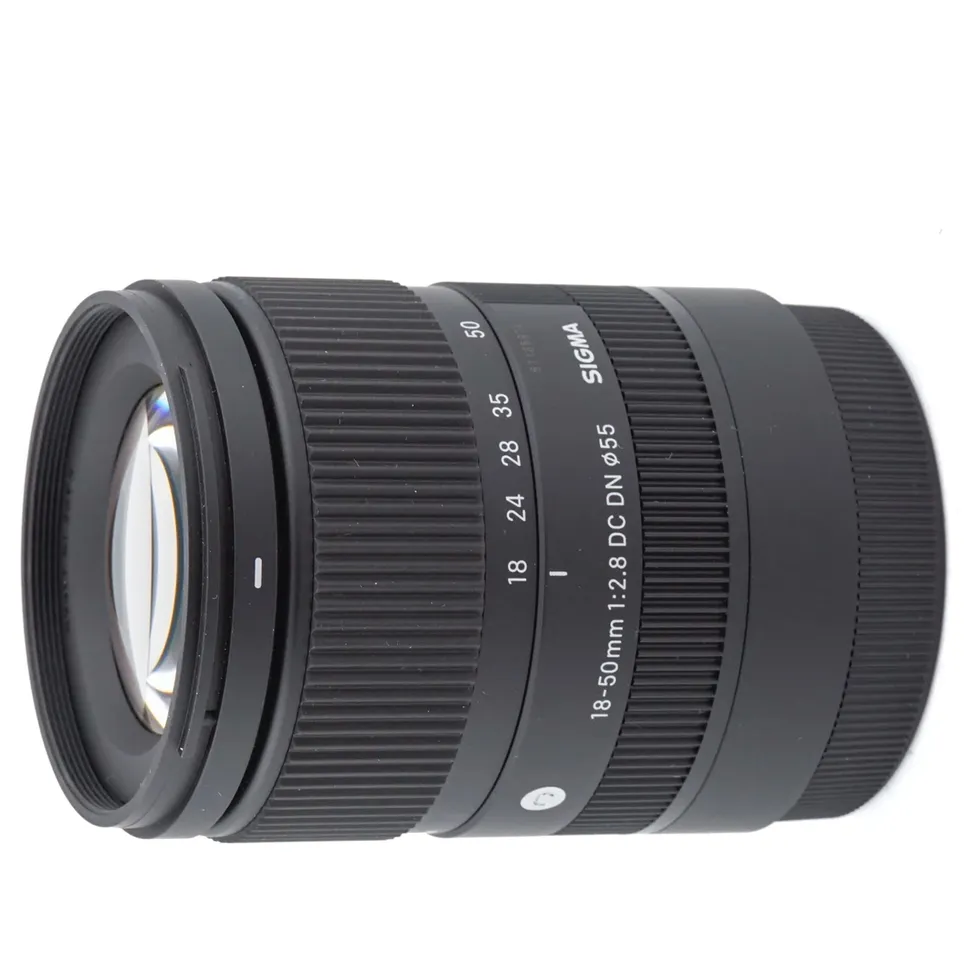
Specifications
Reasons to buy
Reasons to avoid
If you want a premium quality standard zoom for the X-M5, then you might think the Fujinon 16-50mm F/2.8-4.8 R LM introduced with the Fujifilm X-T50 might be a good match. And so it is, though we think the Sigma 18-50mm f/2.8 DC DN Contemporary is a more interesting alternative. You sacrifice a little ‘width’ at the wide-angle end of the zoom range, but it offers a constant f/2.8 maximum aperture throughout and it’s not that expensive to buy. The best news for Fujifilm X-M5 owners is that it’s very compact and light, so it balances well on the smaller body, but it’s also nicely made and handles beautifully. It doesn’t have an aperture ring, but that’s less important on the X-M5, which has a regular mode dial rather than external exposure controls.
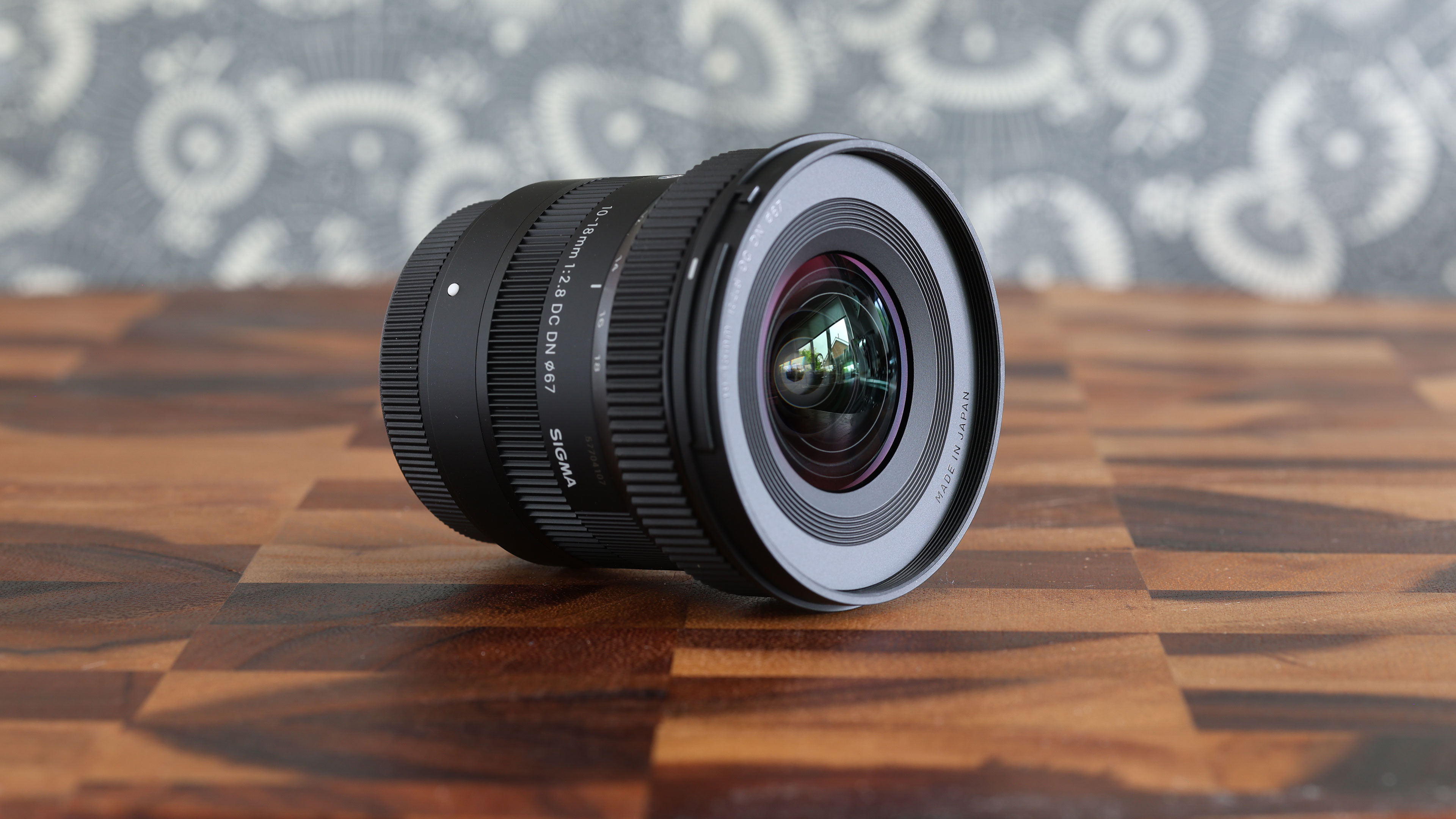
Specifications
Reasons to buy
Reasons to avoid
It generally won’t be long before you start looking for a wider angle of view than the regular standard zoom or kit lens can provide, and while Fujifilm does make an XF 10-24mm f4 R OIS WR lens, this is pretty expensive and quite big and heavy. The Sigma 10-18mm f/2.8 DC DN Contemporary, by contrast, is considerably lighter and cheaper and offers a faster f/2.8 maximum aperture. The zoom range is a little short compared the the Fujinon 10-24mm, so there’s less crossover with a standard zoom, but this does mean that the lens itself is remarkably compact and light. Optically, it’s a good deal better than the Fujinon lens too, though it doesn’t have a physical aperture ring or optical stabilization. Its size and weight alone make it the perfect super-wide zoom for the X-M5, though.
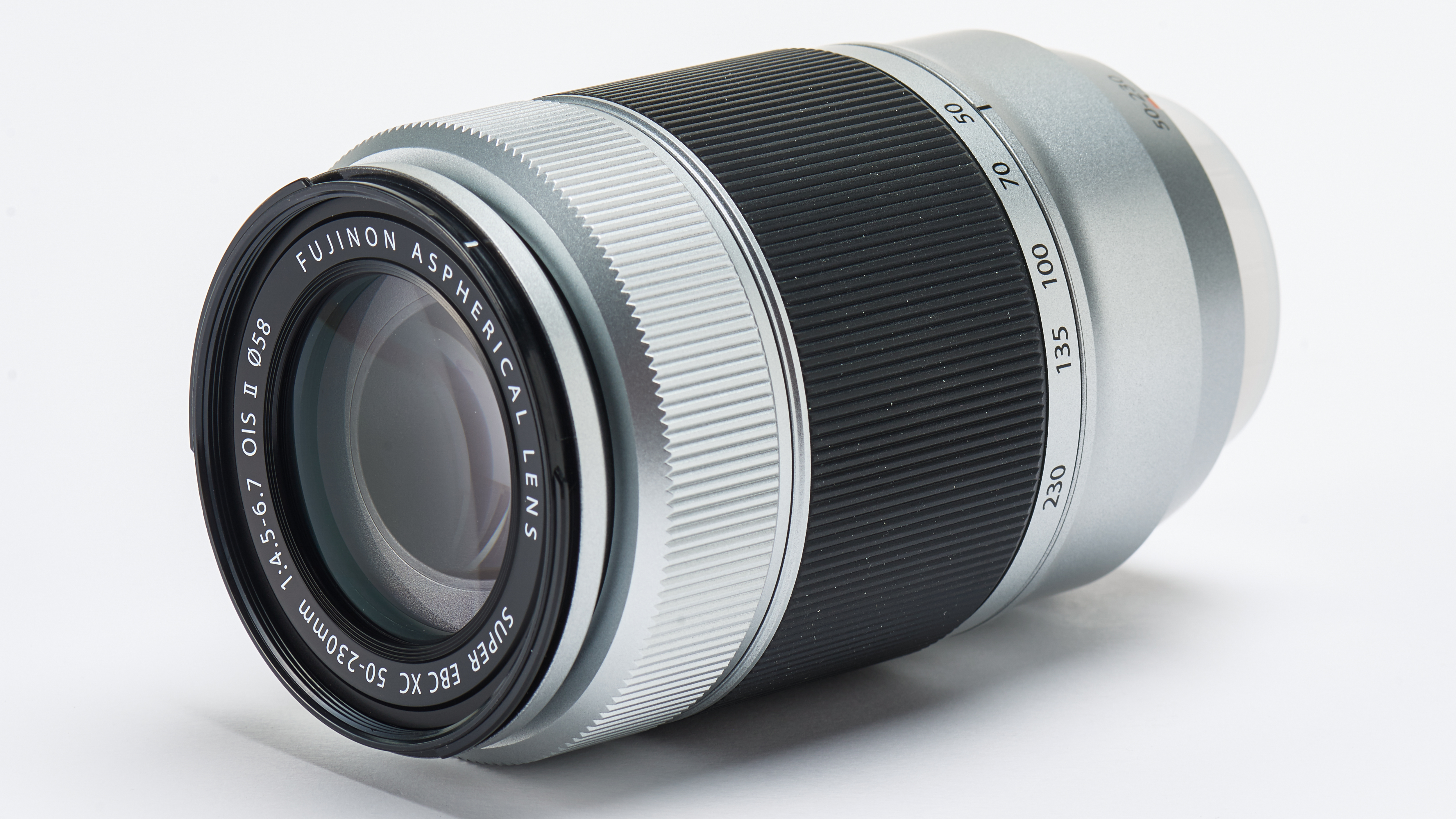
Specifications
Reasons to buy
Reasons to avoid
You’re probably not going to choose a camera like the Fujifilm X-M5 for sports or wildlife photography, but if you do fancy a bit of occasional long-range photography, there’s probably no better lens for the job. The ‘XC’ in the name means that it’s one of Fujifilm’s more cost-conscious budget offerings, so it does have a plasticky feel (whether you buy the black or the silver version) and you get a plastic rather than a metal mounting plate. But don’t let that put you off, because you get decent optical performance, optical image stabilization and a huge amount of telephoto ‘reach’ for the money. It’s not the sharpest zoom on the market, but it’s easily good enough for casual use. It’s also light enough to carry around in your camera bag, just in case you need it.
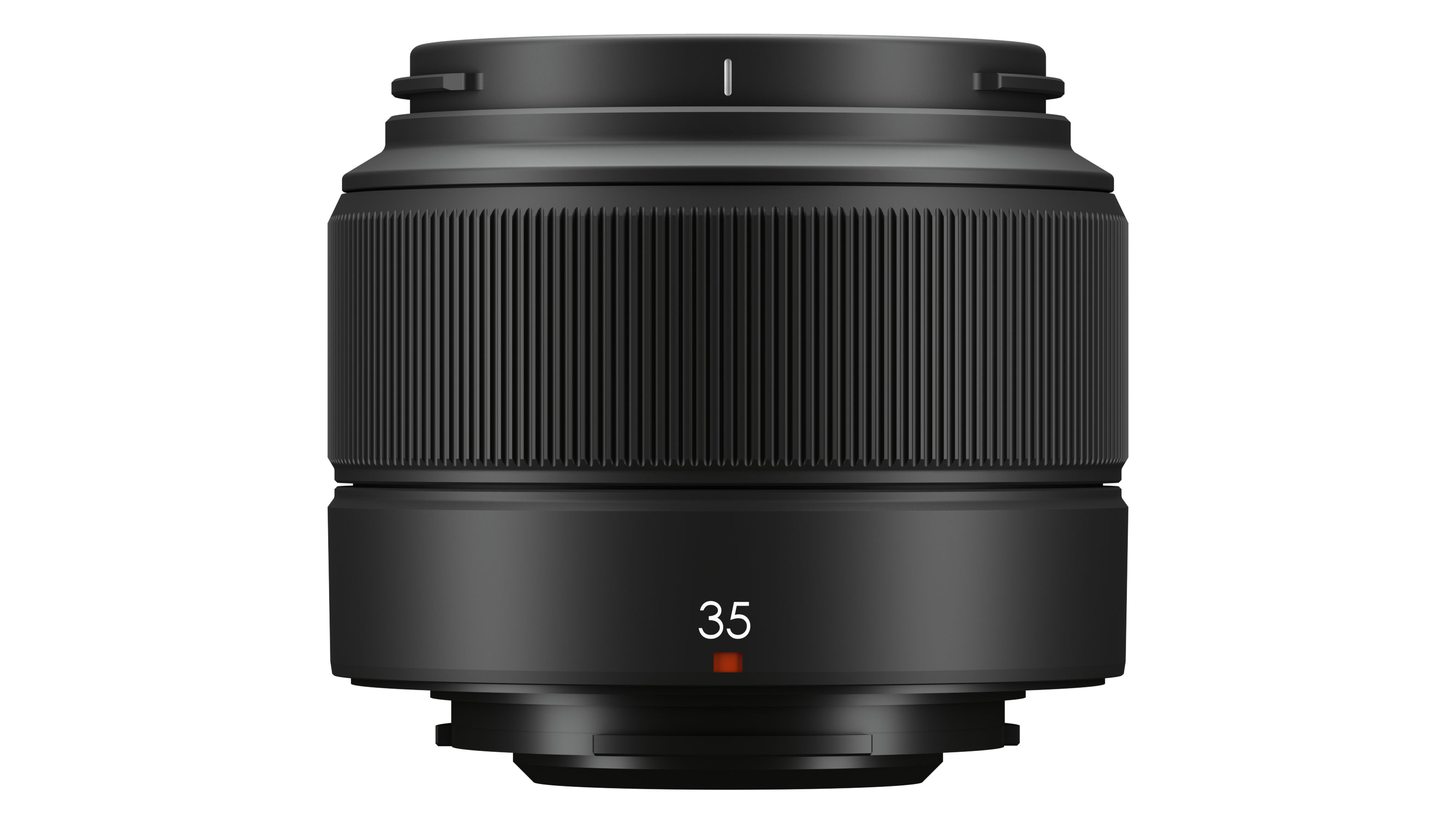
Specifications
Reasons to buy
Reasons to avoid
The Fujinon XC 35mm f/2 is a budget lens that actually shares the same optics as the more expensive XF 35mm f/2 version, so that while it does have a plasticky feel and a plastic rear mounting plate – and no physical aperture ring – it’s optically very good indeed. So if you do want to try your hand at photography with a fast prime lens, then this is a super-cheap way to get into it. The 35mm focal length is equivalent to about 53mm in full frame terms, so this is a classic ‘nifty fifty’ to pair up with your X-M5. Not only that, with a weight of just 130g, you’ll hardly know you’re carrying it.
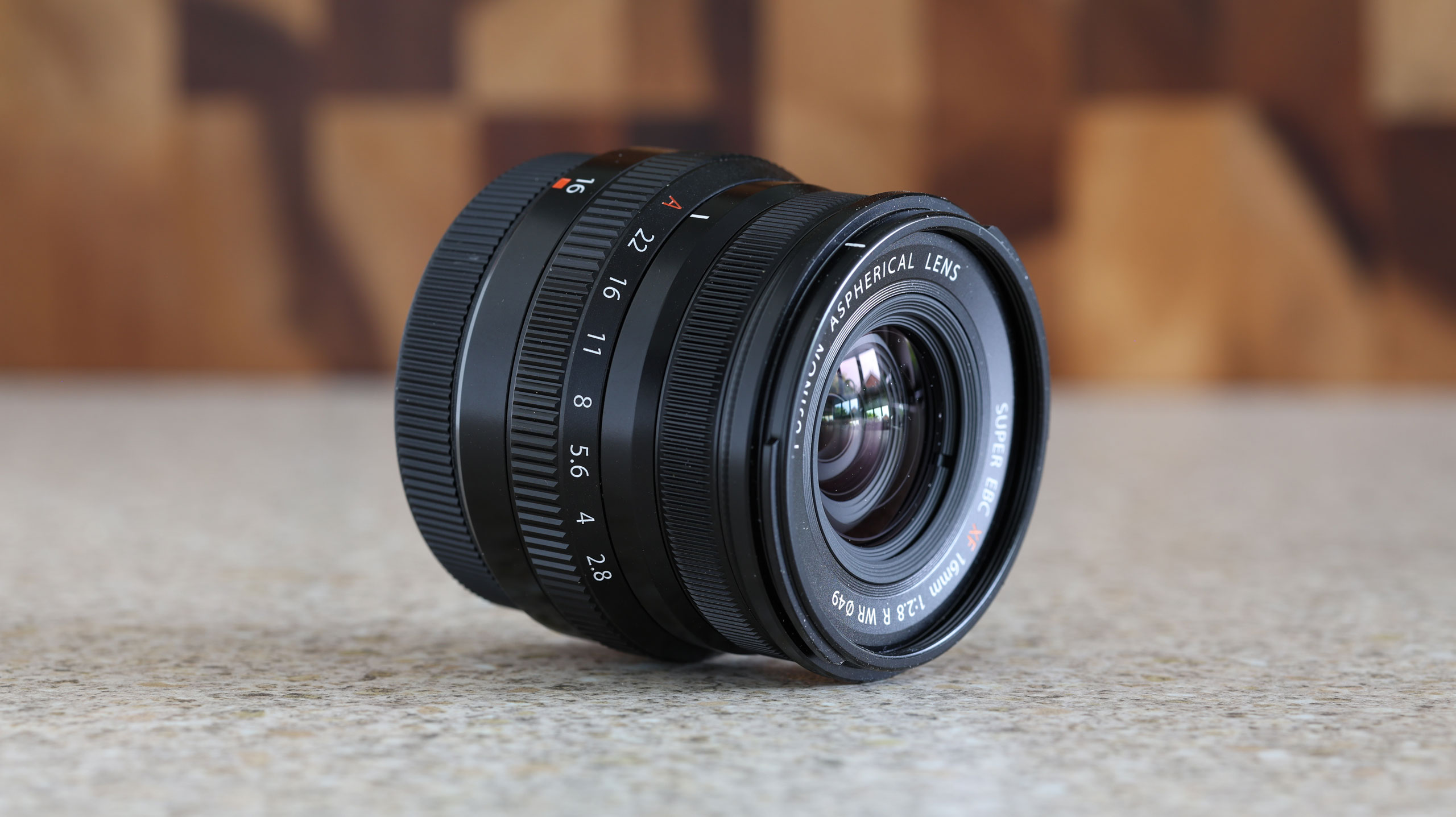
Specifications
Reasons to buy
Reasons to avoid
If you want a compact little walk-around lens for your X-M5, then the Fujinon XF 16mm f/2.8 R WR is ideal. It’s small and light, but its metal construction and physical aperture ring give it a really classy feel. It’s also ideal of you like using lens apertures creatively and enjoy using a physical aperture ring. The focal length of 16mm works out at an effective 24mm in full frame camera terms, so this is a wide-angle lens – but then if you’re stepping up from a smartphone, then the angle of view is about the same as most smartphones’ main cameras. The maximum aperture of f/2.8 is adequate rather than great for background blur and low light shooting, though, and while the center of the frame is nice and crisp and sharp, the detail rendition does fall away a little towards the edges.
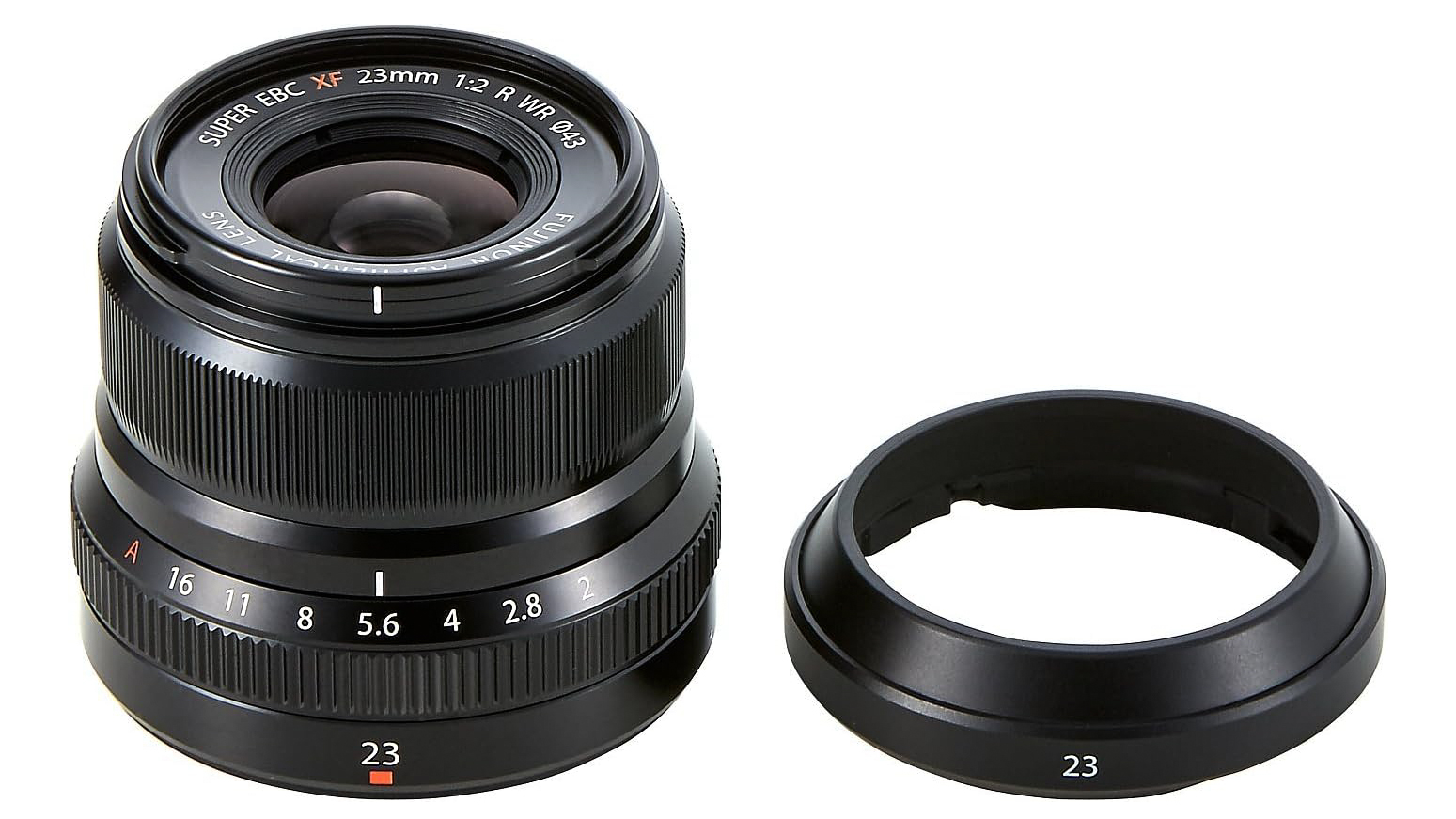
Specifications
Reasons to buy
Reasons to avoid
The Fujinon XF 23mm f/2 R WR is another of Fujifilm’s compact prime lenses released in the early days of the X-mount system. There is a newer Fujinon XF23mm F1.4 R LM WR lens that’s a whole f-stop faster, but this is a much larger and more expensive professional lens. The appeal of the smaller version featured here is its much smaller size and lower cost – it’s the perfect match for the compact X-M5. the 23mm focal length is equivalent to around 34.5mm in full frame terms, so this is the classic focal length for street photography, and many photographers prefer its semi-wide angle of view as a ‘standard’ everyday lens rather than the traditional 50mm lens. The Fujinon XF 23mm f/2 R WR is light to carry but beautifully made and a delight to use.

Specifications
Reasons to buy
Reasons to avoid
For many photographers a good macro lens is just as important as a telephoto or wide-angle zoom. Macro lenses let you focus much closer than normal so are ideal for insects and other small-scale natural history subjects. The Fujinon XF 30mm f/2.8 R LM WR Macro has a fairly short 45mm equivalent focal length, so you will be shooting a little closer to your subjects than with a more common 60mm or 90mm macro lens, but that’s not always an issue and the advantage of this lens is its very compact size. The beauty of macro lenses like this one is that you can also use them for everyday photography, and this one would make an ideal ‘nifty fifty if you don’t mind a maximum aperture of f/2.8 rather than the usual f/2 or f/1.4.
Check out the best Fujifilm cameras
Get the Digital Camera World Newsletter
The best camera deals, reviews, product advice, and unmissable photography news, direct to your inbox!

Rod is an independent photography journalist and editor, and a long-standing Digital Camera World contributor, having previously worked as DCW's Group Reviews editor. Before that he has been technique editor on N-Photo, Head of Testing for the photography division and Camera Channel editor on TechRadar, as well as contributing to many other publications. He has been writing about photography technique, photo editing and digital cameras since they first appeared, and before that began his career writing about film photography. He has used and reviewed practically every interchangeable lens camera launched in the past 20 years, from entry-level DSLRs to medium format cameras, together with lenses, tripods, gimbals, light meters, camera bags and more. Rod has his own camera gear blog at fotovolo.com but also writes about photo-editing applications and techniques at lifeafterphotoshop.com
